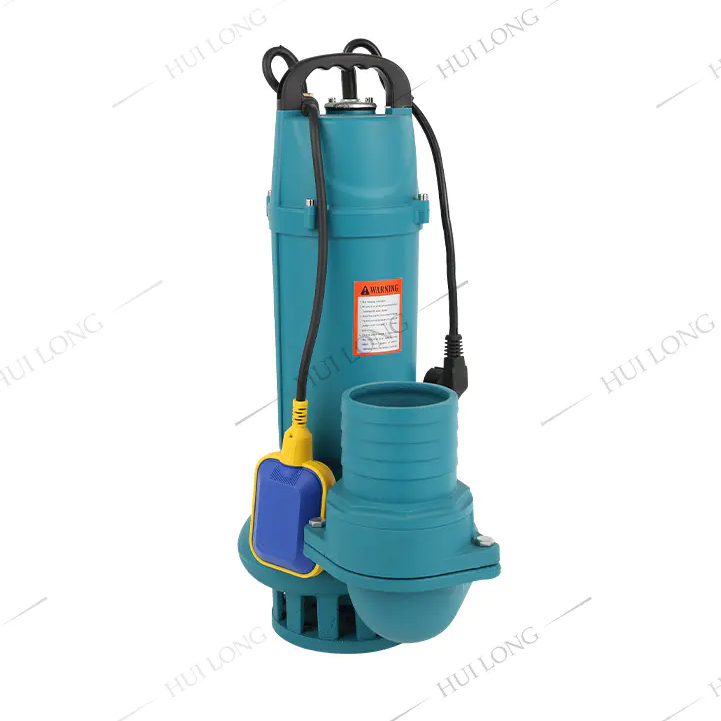Advantages and Features of Submersible Pumps

Submersible pumps are widely used in various industries due to their unique design and operational benefits. These pumps are designed to operate while fully submerged in the fluid they are pumping, which offers several practical advantages in terms of efficiency, reliability, and versatility.
One significant advantage of submersible pumps is their ability to prevent issues related to pump cavitation. Since the pump operates underwater, it has direct access to the fluid, ensuring consistent pressure and flow without the need for priming. This feature helps maintain stable performance even when dealing with fluids at varying depths.
The compact design of submersible pumps makes them suitable for installations in confined or hard-to-reach spaces. Their ability to work underwater reduces noise and vibration, providing a quieter operation compared to surface-mounted pumps. This makes them preferable in residential, commercial, and industrial settings where noise control is a consideration.
Another notable characteristic is their compatibility with a wide range of liquids, including clean water, sewage, and slurry. Many models are constructed with materials resistant to corrosion and abrasion, allowing them to handle harsh environments without significant wear. This durability extends the operational life of the pump and reduces maintenance frequency.
Submersible pumps are also appreciated for their energy efficiency. The motor and pump are combined into a single unit submerged in the fluid, which minimizes energy loss and improves hydraulic efficiency. This design typically requires less power to operate compared to other pump types performing similar tasks.
Maintenance is made easier with submersible pumps due to their sealed motor design, which protects internal components from fluid ingress. This sealing enhances reliability and reduces the risk of damage caused by moisture or contaminants. Additionally, many pumps come with features that facilitate quick disassembly for servicing, which helps to minimize downtime.
Installation flexibility is another advantage. Submersible pumps can be installed in wells, sumps, or tanks, allowing for a wide range of applications such as groundwater extraction, wastewater management, and flood control. Their submerged operation also eliminates the need for extensive priming procedures or complex suction setups.
In summary, submersible pumps offer a combination of operational stability, durability, and energy-efficient performance. Their ability to function while submerged reduces common pumping issues and expands their range of applications. These advantages make submersible pumps a practical option for many fluid handling tasks across different industries.
- Art
- Causes
- Crafts
- Dance
- Drinks
- Film
- Fitness
- Food
- Jogos
- Gardening
- Health
- Início
- Literature
- Music
- Networking
- Outro
- Party
- Religion
- Shopping
- Sports
- Theater
- Wellness


